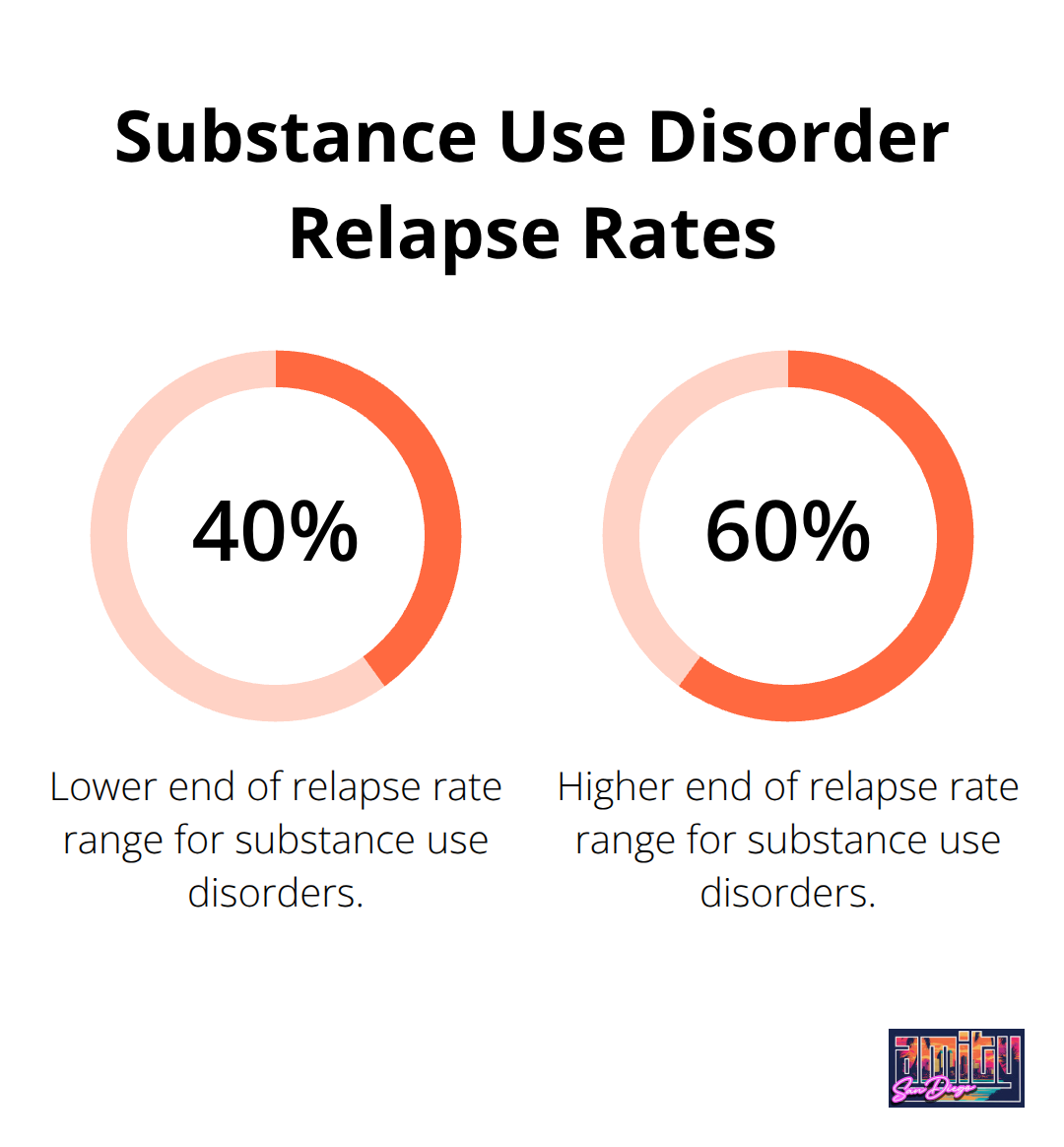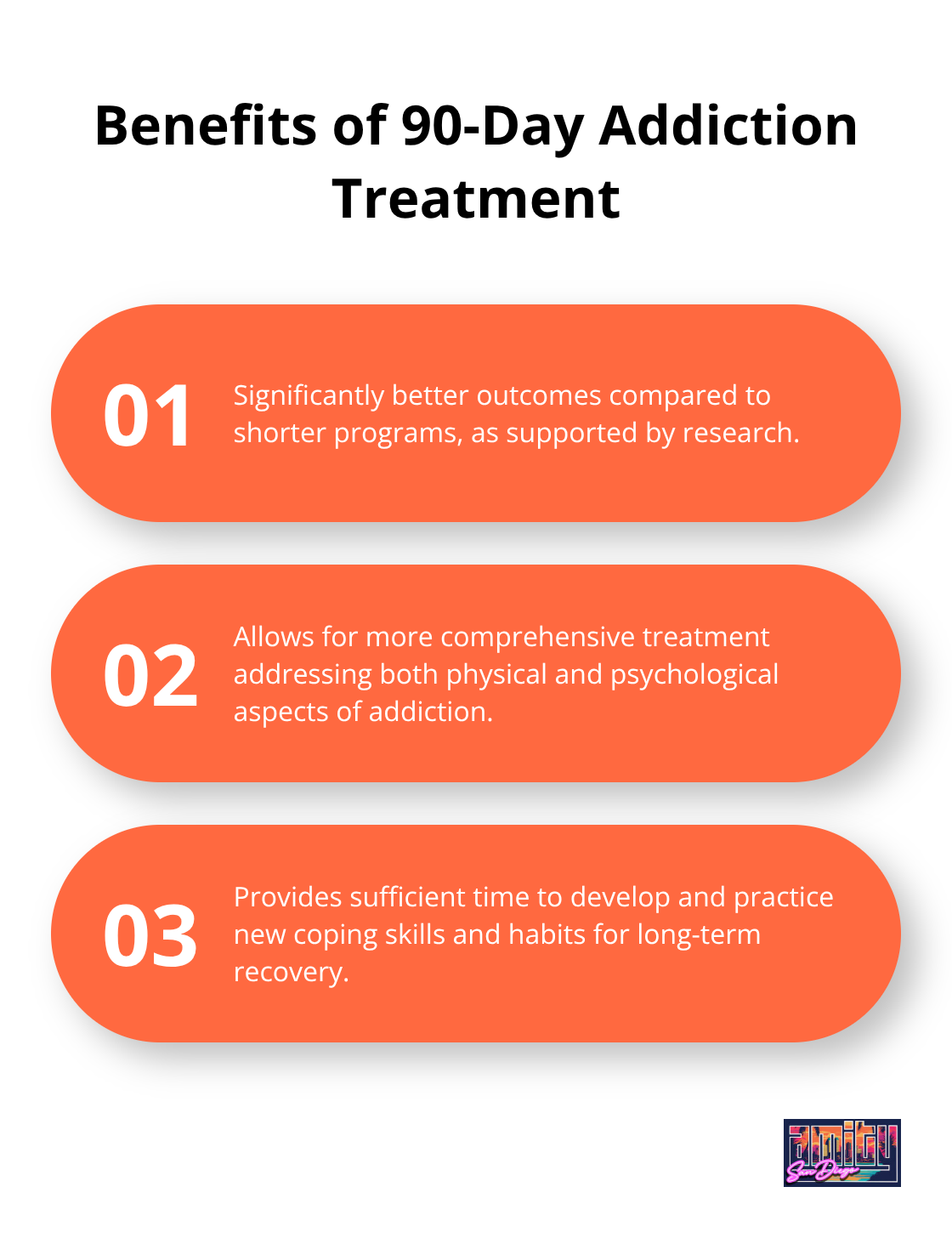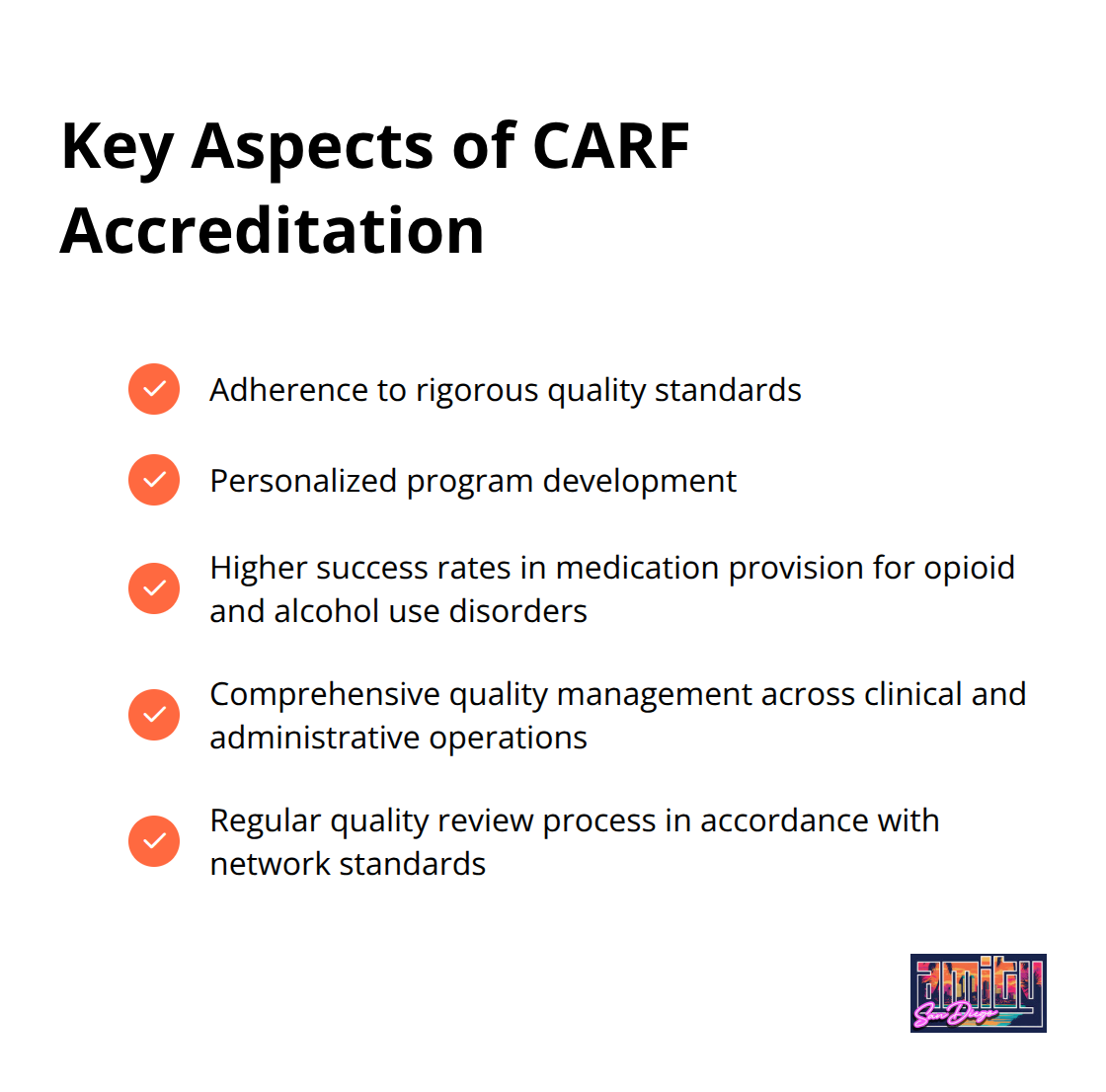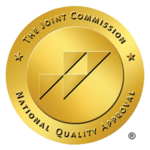Choosing the right long-term addiction treatment program can feel overwhelming when you’re facing dozens of options. The decision impacts not just recovery outcomes, but also financial stability and family dynamics.
We at Amity San Diego understand that families need clear guidance to navigate treatment choices effectively. This guide breaks down the essential factors that determine program quality and fit for your specific situation.
Which Treatment Program Fits Your Recovery Needs
Inpatient vs. Outpatient Treatment Options
Long-term addiction treatment programs fall into four main categories, each serving different recovery stages and life circumstances. Inpatient programs provide 24-hour medical supervision in residential facilities, typically lasting 30 to 90 days. According to the National Institute on Drug Abuse, relapse rates for substance use disorders range from 40-60%.

These programs work best for individuals with severe addictions, multiple failed treatment attempts, or serious medical complications that require constant monitoring.
Outpatient programs allow patients to maintain their daily responsibilities while receiving structured treatment. These programs offer flexibility for working professionals and parents who cannot leave their responsibilities behind during recovery.
Partial Hospitalization and Intensive Outpatient Programs
Partial Hospitalization Programs offer structured daily treatment for 6-8 hours while patients return home each evening. PHP serves as an effective bridge between inpatient care and outpatient treatment, with remarkably favorable outcomes compared to outcomes for individuals with substance use disorders in the general population.
Intensive Outpatient Programs require 9-12 hours of weekly therapy sessions, making them ideal for working professionals or parents. IOPs are effective as inpatient treatment for most individuals and represent an important part of the continuum of care for alcohol and drug use disorders. These programs provide clinical excellence while maintaining the flexibility that busy professionals need.
Residential and Sober Living Facilities
Residential treatment facilities provide longer-term housing with therapeutic programming for 90 days to two years. These programs address complex addiction issues that require extended care and support. Sober living facilities offer structured peer support environments without intensive clinical programming, focusing on community accountability and gradual reintegration into daily life.
The choice between these options depends on your specific addiction severity, support system strength, and ability to maintain sobriety in your current environment. Each program type addresses different aspects of recovery, from medical stabilization to long-term lifestyle changes that support sustained sobriety. For those seeking comprehensive care, consider exploring addiction treatment San Diego options that match your specific needs.
What Should Drive Your Treatment Program Decision
Program Duration and Structure Requirements
Treatment duration directly impacts recovery success rates. Research shows individuals who remain in treatment for at least 90 days achieve significantly better outcomes compared to shorter programs.

Most long-term programs range from 90 days to two years, with residential facilities that average six months and intensive outpatient programs that extend 12-18 months.
Program structure matters more than length alone. Effective programs combine daily therapeutic activities, peer support groups, family involvement sessions, and medical monitoring. Look for facilities that adjust treatment intensity based on progress rather than follow rigid timelines.
Programs should include detoxification support, individual therapy, group counseling, life skills training, and aftercare planning. The most successful programs integrate medication-assisted treatment when appropriate and provide 24/7 crisis support during early recovery phases.
Insurance Coverage and Financial Planning
Health insurance typically covers long-term addiction treatment, but coverage varies dramatically between providers and plans. Contact your insurance company directly to verify benefits for residential treatment, outpatient programs, and medication-assisted treatment. Most major insurers cover 60-80% of treatment costs after deductibles are met.
Private pay options range from $10,000-$30,000 monthly for residential programs and $3,000-$8,000 monthly for intensive outpatient care. Many facilities offer payment plans, sliding scale fees, and scholarship programs for qualified individuals.
The Affordable Care Act requires insurance plans to cover mental health and substance abuse treatment equally with medical conditions. Calculate total treatment costs (including housing, transportation, and lost income during recovery). Treatment represents a significant investment in long-term recovery success and health outcomes.
Location and Family Support Integration
Geographic location affects recovery success through environmental factors and family accessibility. Treatment centers located away from familiar drug sources and social triggers often produce better outcomes for individuals with extensive local addiction networks. However, family involvement significantly improves treatment effectiveness, which makes local programs advantageous for strong family support systems.
UC San Diego Health employs a harm reduction approach to treat substance use disorders, the most successful and compassionate treatment for drug addiction. Programs should offer family counseling, educational workshops, and regular communication opportunities.
Consider travel costs, work disruption, and childcare needs when you evaluate distant facilities. Some individuals benefit from complete environmental change, while others need familiar support systems nearby. The best programs provide family therapy regardless of location through virtual sessions and intensive weekend workshops.
These three factors form the foundation of your treatment selection process, but program quality and effectiveness standards will determine whether your chosen facility can deliver the outcomes you need. For comprehensive addiction treatment San Diego residents can access specialized care that addresses individual recovery needs.
How Do You Identify High-Quality Treatment Programs
Accreditation Standards That Actually Matter
CARF accreditation represents the gold standard for addiction treatment facilities and indicates adherence to rigorous quality standards and personalized program development. CARF implements a quality review process for all participating providers in accordance with network standards. Accredited facilities demonstrate higher success rates in medication provision for opioid and alcohol use disorders compared to non-accredited centers.

Look for Joint Commission accreditation alongside CARF certification, as dual accreditation signals comprehensive quality management across clinical and administrative operations. State licensing requirements vary significantly, but facilities should maintain active licenses from both state health departments and substance abuse regulatory bodies. Verify accreditation status directly through CARF’s online directory rather than trust facility marketing materials.
Evidence-Based Treatment Methods You Should Demand
Quality addiction treatment facilities utilize evidence-based behavioral therapies, yet implementation quality varies dramatically between programs. Cognitive Behavioral Therapy, Dialectical Behavior Therapy, and Motivational Interviewing form the foundation of effective treatment protocols.
Medication-assisted treatment availability serves as a quality indicator. There are effective, FDA-approved medications that can help people stop or reduce opioid use, including methadone, buprenorphine, and naltrexone. Facilities should offer contingency management programs and comprehensive treatment approaches. Demand specific therapy modalities during facility tours and request detailed explanations of treatment protocols.
Staff Credentials and Ratio Requirements
Client-to-staff ratios directly impact treatment quality and individual attention levels. Quality programs maintain appropriate ratios for individual therapy sessions and group therapy activities. Board-certified addiction medicine physicians, licensed clinical social workers, and certified addiction counselors should comprise the core treatment team.
Staff with personal recovery experience provides valuable peer perspective, but clinical credentials remain non-negotiable for treatment decisions. Verify that facilities conduct background checks, require continuing education, and maintain proper supervision structures for unlicensed staff members. High staff turnover rates signal operational problems that compromise treatment continuity and therapeutic relationships.
For comprehensive addiction treatment San Diego options, research facilities that meet these quality standards and maintain proper accreditation status.
Final Thoughts
You must evaluate long-term addiction treatment programs through systematic comparison of your specific needs against facility capabilities. Contact facilities directly to verify accreditation status, staff credentials, and evidence-based therapy availability. Ask treatment centers about their success rates, average length of stay, and aftercare support systems while you schedule facility tours to observe the environment and meet potential treatment team members.
Trust your instincts about whether the facility feels supportive and professional when you visit. Verify that programs address co-occurring mental health conditions if needed (this factor often determines treatment success). Request detailed information about daily schedules, therapy modalities, and medication-assisted treatment options during your evaluation process.
Recovery requires courage, but you don’t have to navigate this process alone. We at Amity San Diego provide comprehensive outpatient addiction recovery with personalized care plans and evidence-based treatments. Contact us for a free confidential assessment to help you determine the best addiction treatment San Diego approach for your situation.



